General summary. The present project aims to comprehensively investigate physiological responses to altitude/hypoxia during rest and exercise in prematurely born, but otherwise healthy adults. Specifically, we aim to elucidate the underlying mechanisms of the altered resting and exercise cardiovascular, respiratory, cerebral and hematological responses to hypoxia in prematurely born individuals. The obtained results from this cohort will be compared to the data from two control groups consisting of 1) healthy, age and aerobic capacity-matched individuals born at full-term and 2) individuals with persistence of fetal circulation after birth, known to exhibit exaggerated hypoxic pulmonary hypertension. While acute hypoxic effects will be the focus of the project’s first phase we will test the effect of prolonged terrestrial (real) or simulated (normobaric hypoxia) altitude exposures in the second part. This phase will, in addition to the insight into the prolonged altitude acclimatization modulation in prematurely born individuals, also enable us to investigate the potential differences between the effects of normobaric (simulated) and hypobaric (terrestrial) hypoxia in this cohort. Collectively, the project aims to address the following main research questions: 1. Does exposure to hypoxia at rest exert greater physiological strain for individuals born prematurely as compared to individuals born at full-term (and why)? 2. Does exercise performed in hypoxia exert greater physiological strain for individuals born prematurely as compared to individuals born at full-term (and why)? 3. Do pre-term individuals exhibit similar physiological responses to hypoxia as those with persistence of fetal circulation after birth (and why)? 4. Is physical capacity in hypoxia reduced to a greater degree in individuals born prematurely as compared to individuals born at full-term? 5. Do pre-term individuals exhibit similar physiological responses to full-term born healthy individuals during both acute and prolonged exposures? 6. Are the physiological effects of simulated (normobaric) and terrestrial (hypobaric) altitude comparable in a cohort of prematurely born individuals? Scientific novelty and applied value. The proposed project will be the first to investigate the effects of prolonged high-altitude exposure on acclimatization ability of prematurely born individuals. Moreover, the data obtained from both stages of the project will enable evidence-based recommendations for prolonged high-altitude sojourns for individuals born prematurely. The obtained results will also provide extensive physiological database regarding the development of cardiorespiratory control in individuals born prematurely. Finally, the obtained comparison data between normobaric and hypobaric hypoxia will be unique and will scrutinize the relevance of the current diagnostic tests for patho-physiological responses to high-altitude which are normally conducted in normobaric hypoxic condition. Especially, since no study to date compared these effects performed in clinical cohorts. Project team and feasibility. Collectively, the project team consist of world-renown experts within the field of hypoxia and altitude physiology, respiratory and cardiovascular physiology control as well as biochemistry of redox balance. Importantly, it combines individuals with expertise and extensive experience in both basic, applied and clinical research work. The up-to-date research program of the project group clearly indicates the feasibility and added value of the proposed project since numerous studies involving both acute and prolonged hypoxic acclimation protocols and incorporating the proposed experimental methods have already been successfully executed and their outcomes subsequently published in prestigious international clinical & applied scientific journals. Finally, the previous to-date collaboration of all project partners further ensures that the project is feasible and will be executed and disseminated in a high-quality manner. Finally, similar project proposal (comprising the same project partners) has previously been submitted for funding to the Horizon 2020 and, albeit not being funded, has been awarded the Seal of Excellence - a quality label awarded to project proposals submitted to EU's research and innovation funding programme, that were judged to deserve funding but did not get it due to budget limits.
Scientific articles in SCI journals:
1. MANFERDELLI G, NARANG B, BOURDILON N, GIARDINI G, DEBEVEC T & MILLET GP. Impaired cerebrovascular CO2 reactivity at high-altitude in prematurely born adults. The Journal of Physiology. (2024).
2. MANFERDELLI G, NARANG B, BOURDILON N, DEBEVEC T & MILLET GP. Baroreflex sensitivity is blunted in hypoxia independently of changes in inspired carbon dioxide pressure in prematurely born male adults. Physiological Reports. (2024).
3. NARANG B, MANFERDELLI G, BOURDILON N, MILLET GP & DEBEVEC T. Ventilatory responses to independent and combined hypoxia, hypercapnia and hypobaria in healthy pre-term born adults. The Journal of Physiology. (2023).
4. BURTSCHER J, CITHERLET T, CAMACHO-CARDENOSA A, CAMACHO-CARDENOSA M, RABERIN A, KRUMM B, HOHENAUER E, EGG M, LICHTBLAU M, MUELLER J, RYBNIKOVA E, GATTERER H, DEBEVEC T, BAILLIEUL S, MANFERDELLI G, BEHRENDT T, SCHEGA L, EHRENREICH H, MILLET G, GASSMANN M, SCHWARZER C, GLAZACHEV O, GIRARD O, LALANDE S, HAMLIN M, SAMAJA M, HÜFNER K, BURTSCHER M, PANZA G. & MALLET R. Mechanisms underlying the health benefits of intermittent hypoxia conditioning. The Journal of Physiology. (2023).
5. MANFERDELLI G., NARANG B., PIALOUX V., GIARDINI G., DEBEVEC T. & MILLET G.P. Microvascular and oxidative stress responses to acute high‑altitude exposure in prematurely born adults. Scientific Reports. (2023)
6. MANFERDELLI G., NARANG B., BOURDILON N., DEBEVEC T. & MILLET G.P. End-tidal CO2 partial pressure is a reliable surrogate of arterial CO2 partial pressure across different O2, CO2, and barometric pressures. ERJ Open Research. (2023)
7. MANFERDELLI G., NARANG BJ., BOURDILLON N., DEBEVEC T. & MILLET G.P. Physiological responses to exercise in hypoxia in preterm adults: convective and diffusive limitations in the O2 transport. Medicine & Science in Sports & Exercise. (2023).
8. DEBEVEC T., NARANG B.J., MANFERDELLI G., & MILLET G.P. Premature birth: a neglected consideration for altitude adaptation. Journal of Applied Physiology. (2022).
9. DEBEVEC T, NARANG BJ, MANFERDELLI G, & MILLET GP. Last Word on the Viewpoint - Premature birth: a neglected consideration for altitude adaptation. Journal of Applied Physiology. (2022).
10. NARANG B.J., MANFERDELLI G., MILLET G.P. & DEBEVEC T. Respiratory responses to hypoxia during rest and exercise in individuals born pre-term: A state-of-the-art review. European Journal of Applied Physiology. (2022).
11. NARANG B.J., MANFERDELLI G., MILLET G.P. & DEBEVEC T. Respiratory responses to hypoxia during rest and exercise in individuals born pre-term: A state-of-the-art review. European Journal of Applied Physiology. (2022).
12. NARANG B.J., MANFERDELLI G., KEPIC K., SOTIRIDIS A., OSREDKAR D., BOURDILLON N., MILLET G.P. & DEBEVEC T. Effects of Pre-Term Birth on the Cardio-Respiratory Responses to Hypoxic Exercise in Children. Life. (2022).
13. DEBEVEC T, POUSSEL M, OSREDKAR D, WILLIS SJ, SARTORI C, MILLET GP. Post-exercise accumulation of interstitial lung water is greater in hypobaric than normobaric hypoxia in adults born prematurely. Respiratory Physiology & Neurobiology. (2022).
14. MANFERDELLI G., NARANG B.J., POUSSEL M., OSREDKAR D., MILLET G.P. & DEBEVEC T. Long-term effects of prematurity on resting ventilatory response to hypercapnia. High Altitude Medicine & Biology. (2021).
15. DEBEVEC T., PIALOUX V., POUSSEL M., WILLIS S.J., MARTIN A., OSREDKAR D. & MILLET G.P. Cardio-respiratory, oxidative stress and acute mountain sickness responses to normobaric and hypobaric hypoxia in prematurely born adults. European Journal of Applied Physiology. (2020). 120(6):1341-1355.
16. DEBEVEC T. & MILLET G.P. Importance of measuring/reporting actual barometric data in high-altitude research and medicine. High Altitude Medicine and Biology. (2023).
Predstavitve rezultatov na znanstvenih simpozijih:
1. MANFERDELLI, Giorgio, NARANG, Benjamin J., BOURDILLON, Nicolas, DEBEVEC, Tadej, MILLET, Grégoire P. Cerebrovascular CO2
reactivity in adults born preterm at high-altitud. V: 22nd International Hypoxia Symposium Meeting to Advance the Science of hypoxia every two years science 1979 : 7-12 February 2023, Lake Louise, Alberta, Canada. Str. 101. [COBISS.SI-ID 142041347]
2. NARANG, Benjamin J., MANFERDELLI, Giorgio, MILLET, Grégoire P., DEBEVEC, Tadej. Effects of hypoxia, hypercapnia and hypobaria on pulmonary ventilation in pre-term born adults. V: 22nd International Hypoxia Symposium Meeting to Advance the Science of hypoxia every two years science 1979 : 7-12 February 2023, Lake Louise, Alberta, Canada. Str. 94. [COBISS.SI-ID 142039043]
3. NARANG, Benjamin J., MANFERDELLI, Giorgio, MILLET, Grégoire P., DEBEVEC, Tadej. Time course of resting and exercise-related cardio-respiratory responses throughout a three-day altitude exposure at 3375 m. V: GUILHEM, G. (ur.). 28th Annual Congress of the European College of Sport Science : [Paris,] 4 - 7 July 2023 : Book of abstracts. Cologne: European College of Sport Science, 2023. Str. 854. ISBN 978-3-9818414-6-6. [COBISS.SI-ID 160835331]
4. NARANG, Benjamin J., MANFERDELLI, Giorgio, MILLET, Grégoire P., DEBEVEC, Tadej. Effects of pre-term birth on the physiological responses to steady- state exercise across a three-day high-altitude exposure in healthy adults. V: RAFL, Jakub (ur.), SOLAROVA, Vladimira (ur.). Book of Abstracts : 10th Hypoxia symposium "From Molecules to Mt. Everest – From Science to Practice", Kladno, Czech Republic, 8–11 June 2023. Kladno: Duha Studanka, 2023. Str. 17-18. [COBISS.SI-ID 155403011]
5. DEBEVEC, Tadej, NARANG, Benjamin J., MANFERDELLI, Giorgio, OSREDKAR, Damjan, PIALOUX, Vincent, MILLET, Grégoire P. Premature birth and altitude acclimatization - the knowns and unknowns. V: RAFL, Jakub (ur.), SOLAROVA, Vladimira (ur.). Book of Abstracts : 10th Hypoxia symposium "From Molecules to Mt. Everest – From Science to Practice", Kladno, Czech Republic, 8–11 June 2023. Kladno: Duha Studanka, 2023. Str. 18-19. [COBISS.SI-ID 155403779]
6. NARANG, Benjamin J., MANFERDELLI, Giorgio, KEPIC, Katja, SOTIRIDIS, Alexandros, OSREDKAR, Damjan, BOURDILLON, Nicolas, MILLET, Grégoire P., DEBEVEC, Tadej. Effects of pre-term birth on the cardio-respiratory responses to hypoxic exercise in children. V: DELA, F. (ur.). 27th Annual Congress of the European College of Sport Science : 30 Aug - 2 Sep 2022, Sevilla : book of abstracts. Cologne: European College of Sport Science, 2022. Str. 311-312. ISBN 978-3-9818414-5-9. [COBISS.SI-ID 126173955]
7. MANFERDELLI, Giorgio, NARANG, Benjamin J., BOURDILLON, Nicolas, DEBEVEC, Tadej, MILLET, Grégoire P. Prematurity and maximal exercise capacity at high-altitude : evidence of hypoxic preconditioning?. V: DELA, F. (ur.). 27th Annual Congress of the European College of Sport Science : 30 Aug - 2 Sep 2022, Sevilla : book of abstracts. Cologne: European College of Sport Science, 2022. Str. 89-90. ISBN 978-3-9818414-5-9. [COBISS.SI-ID 126157315]
8. MANFERDELLI, Giorgio, NARANG, Benjamin J., POUSSEL, Mathias, OSREDKAR, Damjan, MILLET, Grégoire P., DEBEVEC, Tadej. Different ventilatory response to hypoxia and hypercapnia in prematurely born adults. V: Future Physiology 2021 : 19-22 April 2021, online conference. [S. l.]: The Physiological Society, 2021. Str. 41-42. [COBISS.SI-ID 61259267]
-----


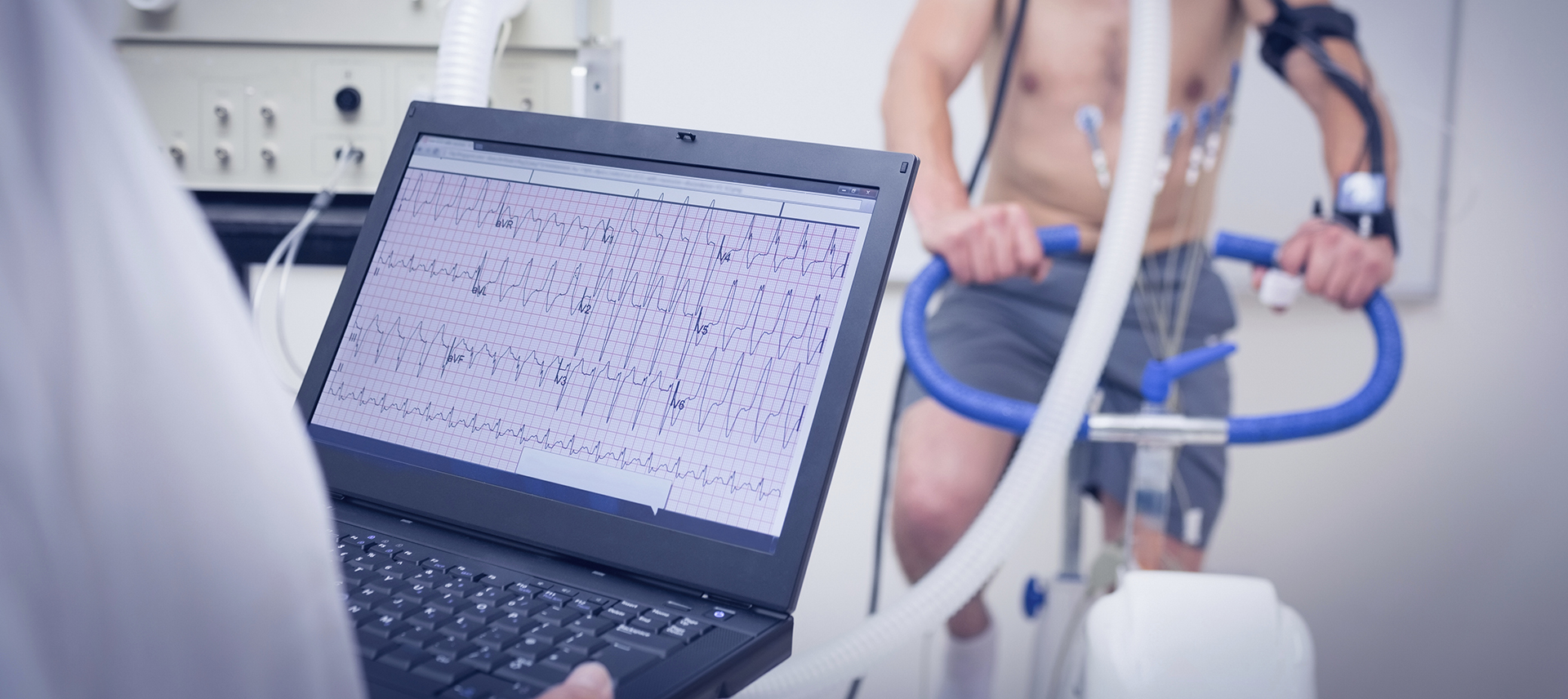



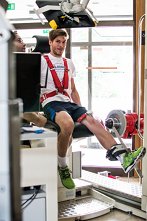









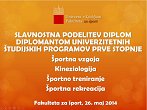






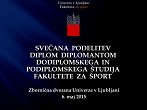
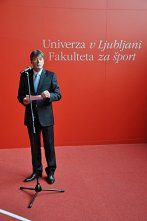


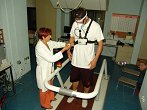







.png)